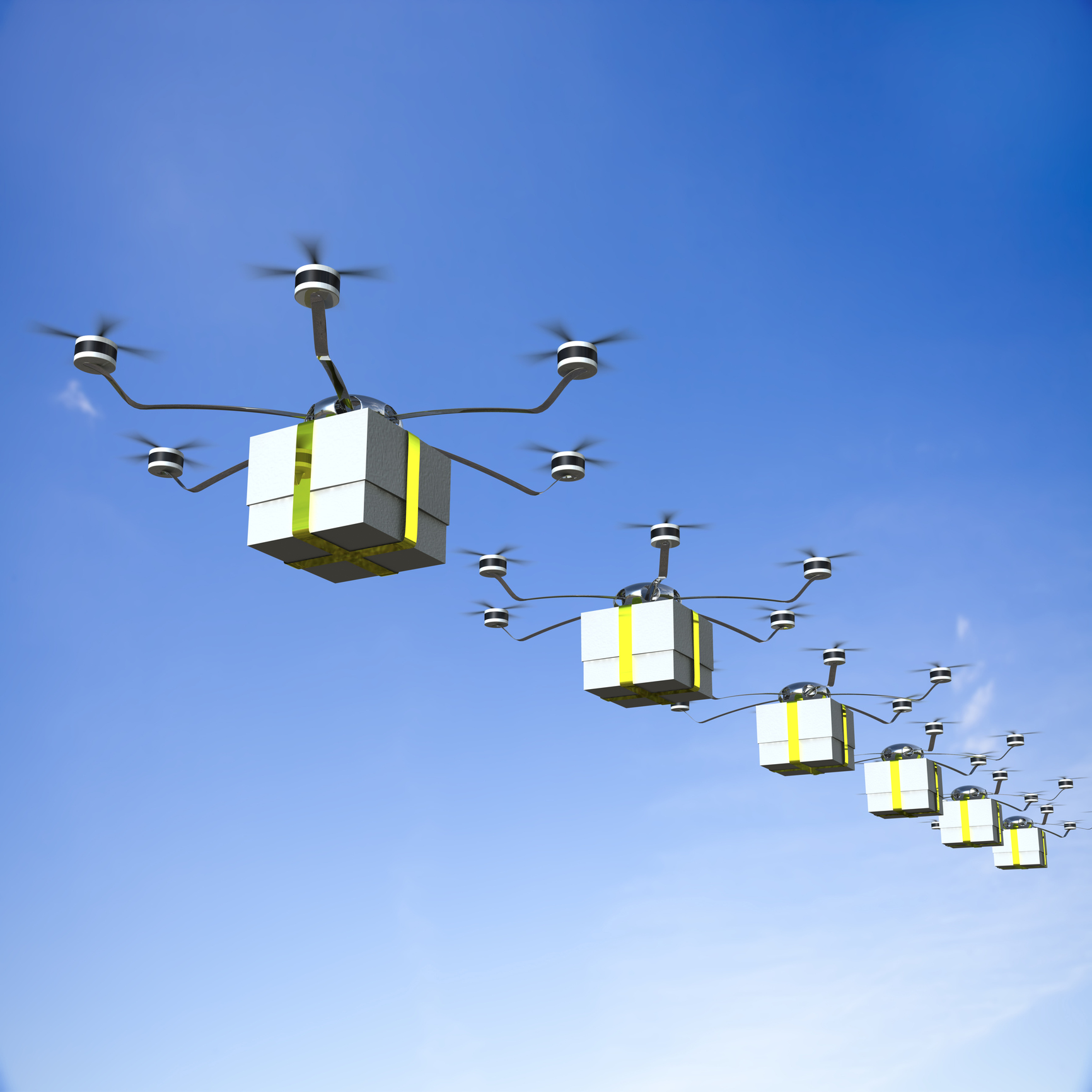Services
Drone Industry to Reach $82 Billion, Add 100,000 Jobs

Published:
Last Updated:

The commercial drone industry is expected to add $82 billion to the economy in the next decade, as well as to create 100,000 jobs by 2025. Even though the industry and the laws that govern it are in disarray, the future is remarkably bright, according to the White House Office of Science and Technology Policy (OSTP).
The numbers are very exact for a business that involves a number of components. Nevertheless, the OSTP announced:
… new steps, sustained by public and private support, to promote the safe integration and innovative adoption of unmanned aircraft systems across the United States. These announcements build on the Administration’s efforts over the past seven and a half years to support the safe integration of unmanned aircraft into the highly-complex network that comprises the National Airspace System, including: air navigation and air traffic control facilities, airports, technology, and the appropriate rules and regulations. Most notably, these announcements expand on the Department of Transportation and the Federal Aviation Administration (FAA)’s “Small UAS” rule announced earlier this summer to provide national guidelines for the operation of non-recreational unmanned aircraft under 55 pounds.
It is essential that these drones do not run into commercial or personal airplanes, and they do not disrupt cities and suburbs, where drones may hit overhead wires or houses. Nevertheless the plans are to set:
$35 million in research funding by the National Science Foundation (NSF) over the next five years to accelerate the understanding of how to intelligently and effectively design, control, and apply UAS to beneficial applications. This will include areas such as monitoring and inspection of physical infrastructure, smart disaster response, agricultural monitoring, the study of severe storms, and more;
A broad range of actions by the U.S. Department of the Interior (DOI) to use UAS to support search and rescue operations, to augment manned aircraft operations, and improve government processes around technological adoption;A $5 million down-payment by the state of New York to support the growth of the emerging unmanned aircraft systems industry across New York;
Also:
A collective commitment made by UAS industry associations to implement a broad educational effort around privacy best practices for users of UAS technology, among other private-sector commitments to support UAS technologies.$35 million in research funding by the National Science Foundation (NSF) over the next five years to accelerate the understanding of how to intelligently and effectively design, control, and apply UAS to beneficial applications. This will include areas such as monitoring and inspection of physical infrastructure, smart disaster response, agricultural monitoring, the study of severe storms, and more;
A broad range of actions by the U.S. Department of the Interior (DOI) to use UAS to support search and rescue operations, to augment manned aircraft operations, and improve government processes around technological adoption;
A $5 million down-payment by the state of New York to support the growth of the emerging unmanned aircraft systems industry across New York;
A collective commitment made by UAS industry associations to implement a broad educational effort around privacy best practices for users of UAS technology, among other private-sector commitments to support UAS technologies.
How likely is it that all these initiatives will work out or work on schedule? Close to zero.
If you missed out on NVIDIA’s historic run, your chance to see life-changing profits from AI isn’t over.
The 24/7 Wall Street Analyst who first called NVIDIA’s AI-fueled rise in 2009 just published a brand-new research report named “The Next NVIDIA.”
Click here to download your FREE copy.
Thank you for reading! Have some feedback for us?
Contact the 24/7 Wall St. editorial team.